Role Photographer Name Nikita Shokhov | Website nikita-shokhov.com Notable work Utrish | |
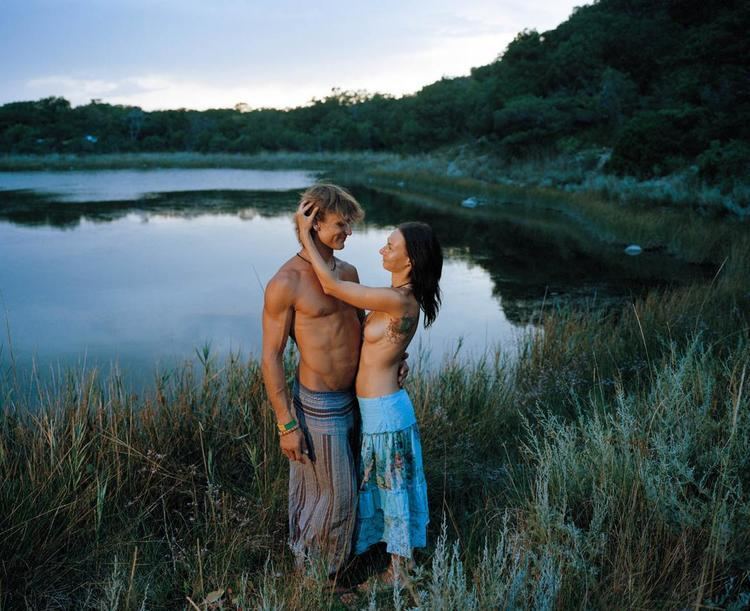 | ||
Native name Nikita Konstantinovich SHohov Education 2005—2008: A.A., Ural Law Institute;2008—2009: cinematography at Sverdlovsk Film Studio2010—2013: photography at The Rodchenko School of Photography and Multimedia Style Portrait, documentary and staged photography Known for Photography, Contemporary art | ||
Photoquai 2015 : interview Nikita Shokhov
Nikita Shokhov (Russian: Никита Константинович Шохов; born 1988 in Kamensk-Uralsky, USSR) is a Russian photographer. Shokhov is a former student of Igor Moukhin and the winner of 2014 World Press Photo contest.
Contents
- Photoquai 2015 interview Nikita Shokhov
- Background
- Photography
- Solo exhibitions
- Notable group exhibitions
- Links
- References
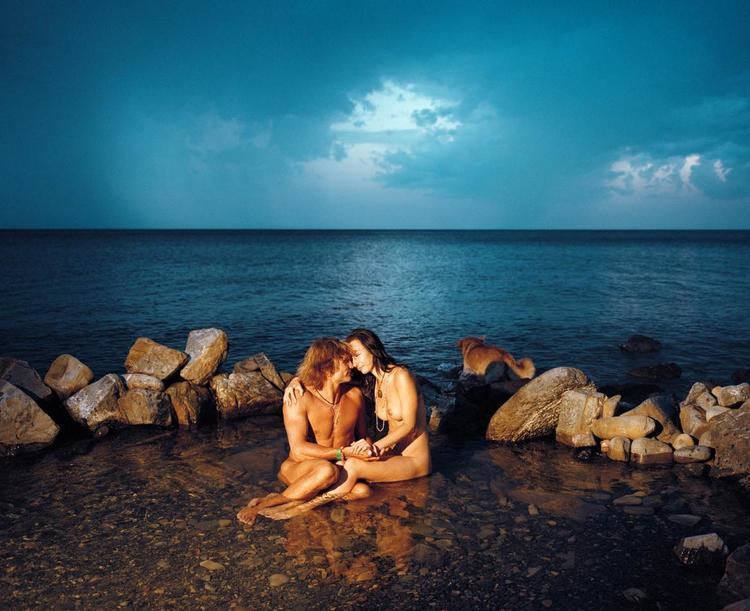
He is the son of Konstantin Shokhov a painter, art critic, and associate professor at the chair of Fine Arts at Tyumen State University.
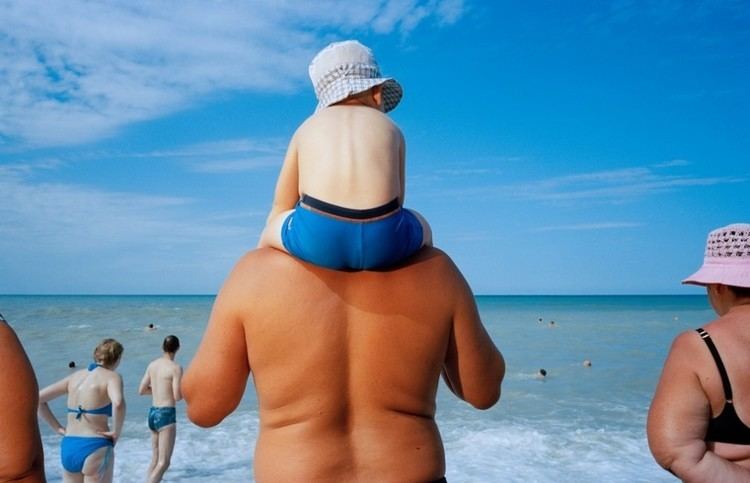
Background
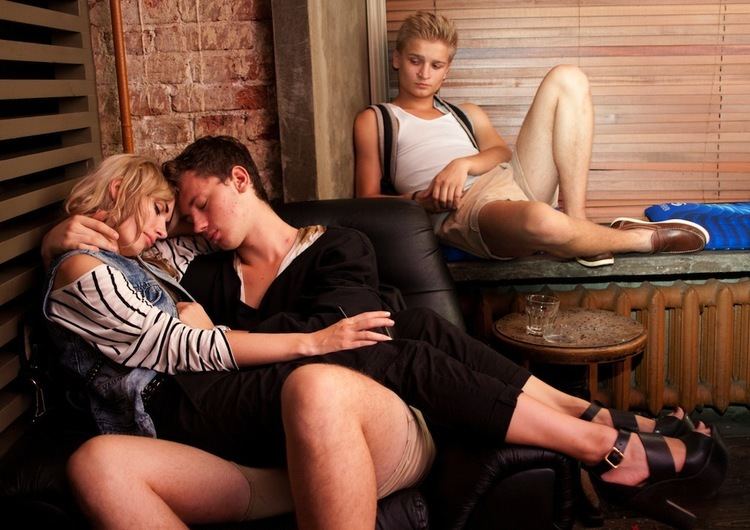
Shokhov's interest in visual arts developed under the influence of his father. Shokhov started his education at a law college, but his interests shifted towards cinematography. He applied to the Gerasimov Institute of Cinematography (also known as VGIK) in Moscow and began to study photography.
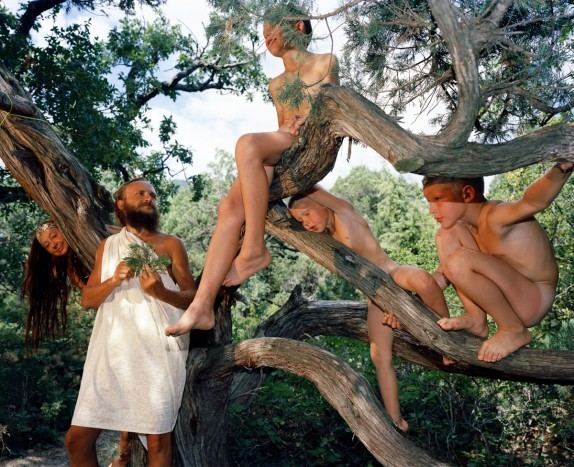
He learned from a Ekaterinburg-based photographer Sergey Rogozhkin and took classes at a photography school there. At that time he also worked at a commercial photography studio doing nightlife reports, which would later comprise his Moscow Night Life series. He also studied part-time at Sverdlovsk Film Studio.
In Moscow, Shokhov failed the entrance at VGIK several times before applying to the Rodchenko School of Photography and Multimedia. He was enrolled in Igor Moukhin's class. Shokhov's manner of work combining staged photography and photojournalism developed during that apprenticeship.
Photography
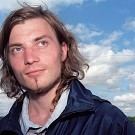
Shokhov's methods vary from documentary to staged photography. He claims to highlight universal topics, performing visual research on both everyday affairs, religion, and carnivalesque topics. Some of Shokhov's series have a strong reference to the works of the preceding generation of photographers.
His Moscow Night Life series created in 2010–2014 highlighted low, carnival motives in scenes from night clubs, both luxurious and underground ones. It proceeds from the manner Boris Mikhailov, Sergey Chilikov, and Nikolai Bakharev recorded the late soviet and post-soviet Russian youth culture. The series consists of staged images and unedited documentary shots.
In the 2012–2014 Sacred Procession series, Shokhov approaches religious processions in a Russian province as a candid camera operator, bringing an unedited report. In this manner of etnographic research via photography, he depicts the prestigious Moscow's Rublevka household in a 2013 series.
The 2012–2013 Black Sea Vacation is an insight into low culture of Sochi and Anapa resorts. Shokhov's collective portrait of vacationers calls up to Martin Parr's method as well as to the works of his master Sergei Rogozkin. His 2014 Utrich series that won a World Press Photo award develops it further through a fullystaged series based on iconographic scenes. Shokhov claims that the combination of planned scenario and models' improvisation was inspired by the works of Annie Leibovitz, David Lachapelle, and Ryan McGinley.
Contemporary Russian character is another Shokhov's point of interest. He sampled people's way of life and ties to national culture in the small towns of Bologoe (shot in 2014) and Pereslavl-Zalessky (shot in 2013), a Sep village in Udmurtia.
In 2014, Shokhov took part in a large Where Does the Motherland Begin? national photographic project aimed to depict a variety of Russian traditions and overlapping of soviet and modern Russian culture.
Shokhov's 2014 Children Personal Space series is a research on living space and the way it fits young people with surreal scenarios shot in a routine environment.
In May 2015, Shokhov's Without Dictatorship of the Gaze series was exhibited in GRAD gallery in London along with other art projects addressing political and social matters. It is an experiment on journalist photography, a slow-shutter images of mass protests in Moscow.
Shokhov's works have been published by both Russian and international popular and professional magazines including The Guardian, ArtKhronika, Harper's Bazaar Art, Calvert Journal, L'Insense Photo, Infra-mince, and Le Monde (the latter published Shokhov's imagined story about Russian president Vladimir Putin).
